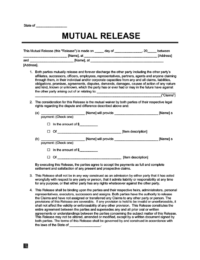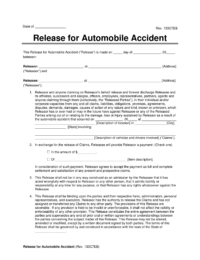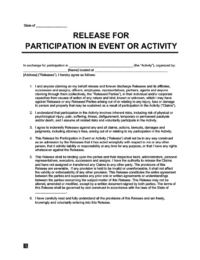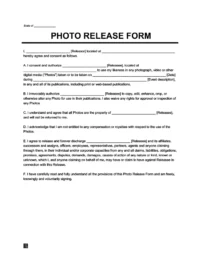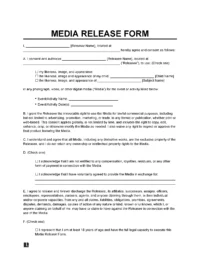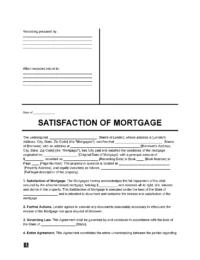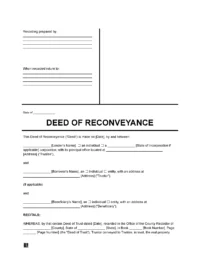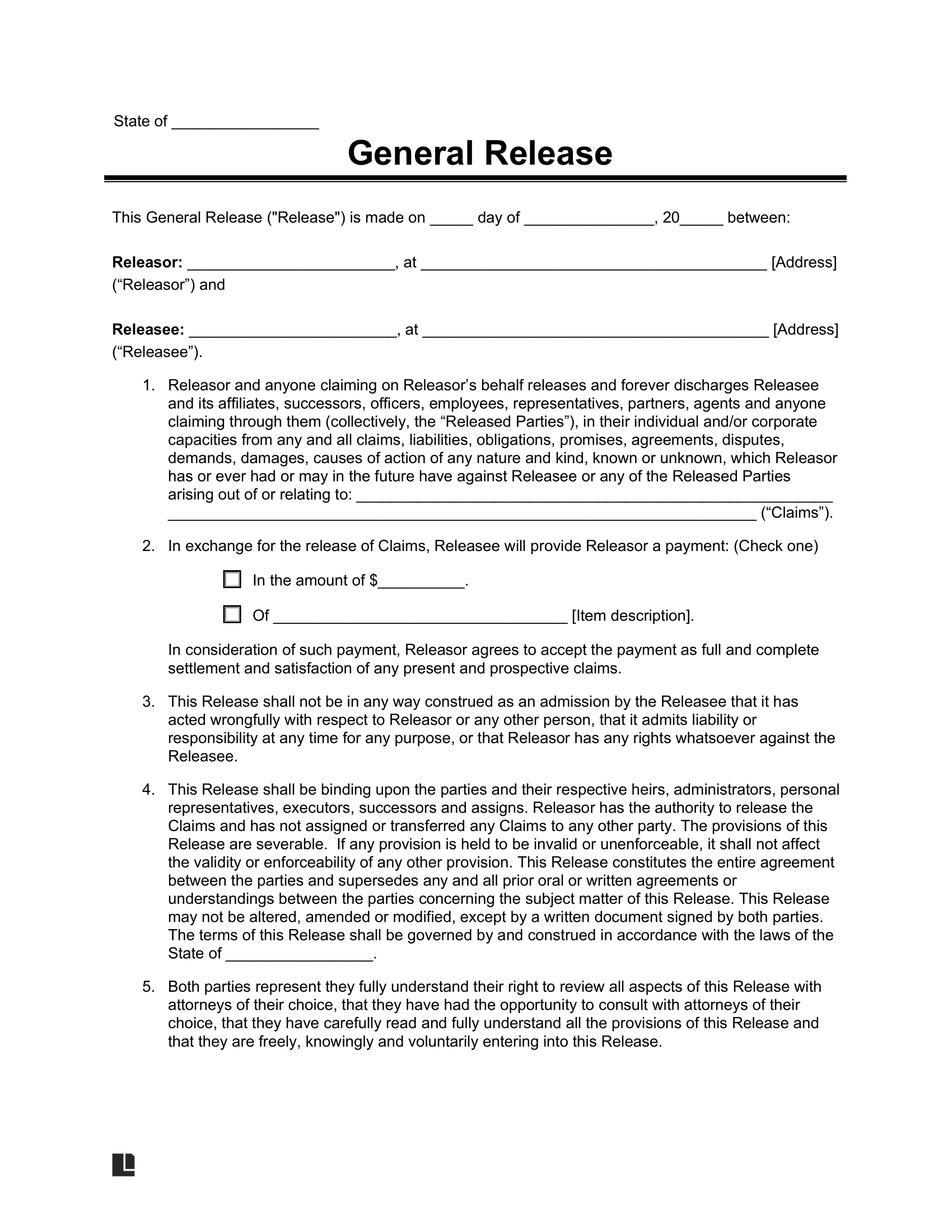What Is a Release of Liability Waiver?
A release of liability waiver is a legal document stating that one party (the releasor) agrees not to hold another (the releasee) responsible for injuries, damages, or losses. A release of liability often applies to car accidents, recreational activities, or property damage. This document may also be known as any of the following:
- Waiver of Liability
- Liability Release Form
- General Release Form
- Personal Injury Waiver
- Hold Harmless Agreement
For a release waiver to be valid, the releasor must receive something in return, known as consideration, for agreeing to the terms. This can include a payment or an exchange of goods and services.
Legal Templates offers a free release of liability template for every situation. Use our forms to reduce your liability and find a compromise that works for everyone involved.
If you want to protect one party from paying for claims brought by a third party, consider using a hold harmless agreement instead.
Release of Liability- By Type
A release of liability form requires you to share information about each situation or risk. Using the correct type of form ensures greater protection and validity. Depending on your purpose, consider the different kinds of liability release forms.
Mutual Release
Used when both parties agree to waive all claims against each other, typically to settle a dispute without going to court.
Automobile Accident Release
Used after a car accident when both parties agree not to sue each other for damages.
Waiver for Participation in an Event or Activity
Used by event organizers to have participants waive future claims for injuries that may occur during an event or activity like a sports league.
Photo Release Form
Grants permission to use a person's image and releases liability for how the photo is used.
Media Release Form
Allows the use of a subject's likeness or image in photo, audio, video, or other media content.
Satisfaction of Mortgage
Lets you initiate the release of your lien on the borrower's property.
Deed of Reconveyance
Use a deed of reconveyance to transfer property ownership back to the borrower after they’ve fully paid off their mortgage or deed of trust.
How to Write a Release of Liability Waiver Form
Writing a release of liability requires communication and negotiations between the parties involved. Create an effective release form with the following steps:
- Identify the releasee: Clearly state the party being released from liability. This may be an Individual or a business entity. Include the full legal name and address.
- Add the releasor: Also provide the full legal name and address of the releasor, or the party agreeing not to hold the releasee responsible.
- Describe the event: Include a description of the event for which the releasee will not be liable. This often includes a car accident, physical activity, a lease agreement, a business contract, or an injury. Include the date and location, and provide an incident report when applicable.
- Record the consideration: Detail the consideration, or payment, that the releasor will receive in return for the release of liability. Also, dictate whether the consideration will be a monetary payment or an exchange of goods or services.
- Set the governing law: Record which state will oversee your agreement and handle disputes. Typically, this is the state in which the releasee lives or operates.
- Sign and date: To finalize the terms, both parties must sign and date the agreement. This demonstrates the understanding of the terms and marks the execution of the contract.
Sample Release of Liability Form
Legal Templates’s sample release of liability form offers an example of the proper format and terms. Our customizable documents allow you to enter your terms and define the exact situation, consideration, and limitations. Once you’ve filled in your details, you can download the form in PDF or Word format.
Is a Release of Liability Form Enforceable?
With the right terms and execution, a release of liability form can be enforceable. Check for the following requirements:
- Notarization: While notarization is not always required for a release form, it may add a layer of protection for each party. Notarizing your agreement makes proving its validity in court or legal cases easier.
- Legal compliance: Ensure the incident and terms follow public policy and the governing state’s laws. An enforceable release of liability waiver must be fair and cannot prevent claims that include illegal activity, the reporting of illegal activity, or unlawful operations.
- Applicability: For the release to be upheld, the releasor’s claim must come directly from the risks stated in the waiver or the company’s simple negligence. The releasee may still be held responsible for claims not covered under the terms of the agreement or resulting from gross negligence or intentional acts.
In addition, it’s best practice for all parties to maintain a copy of the release agreement for their personal records. You may need to provide or refer to the terms of the document for court or legal proceedings.



